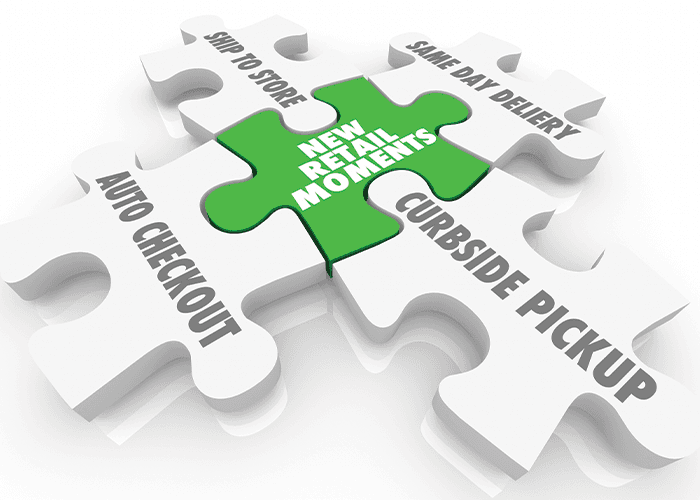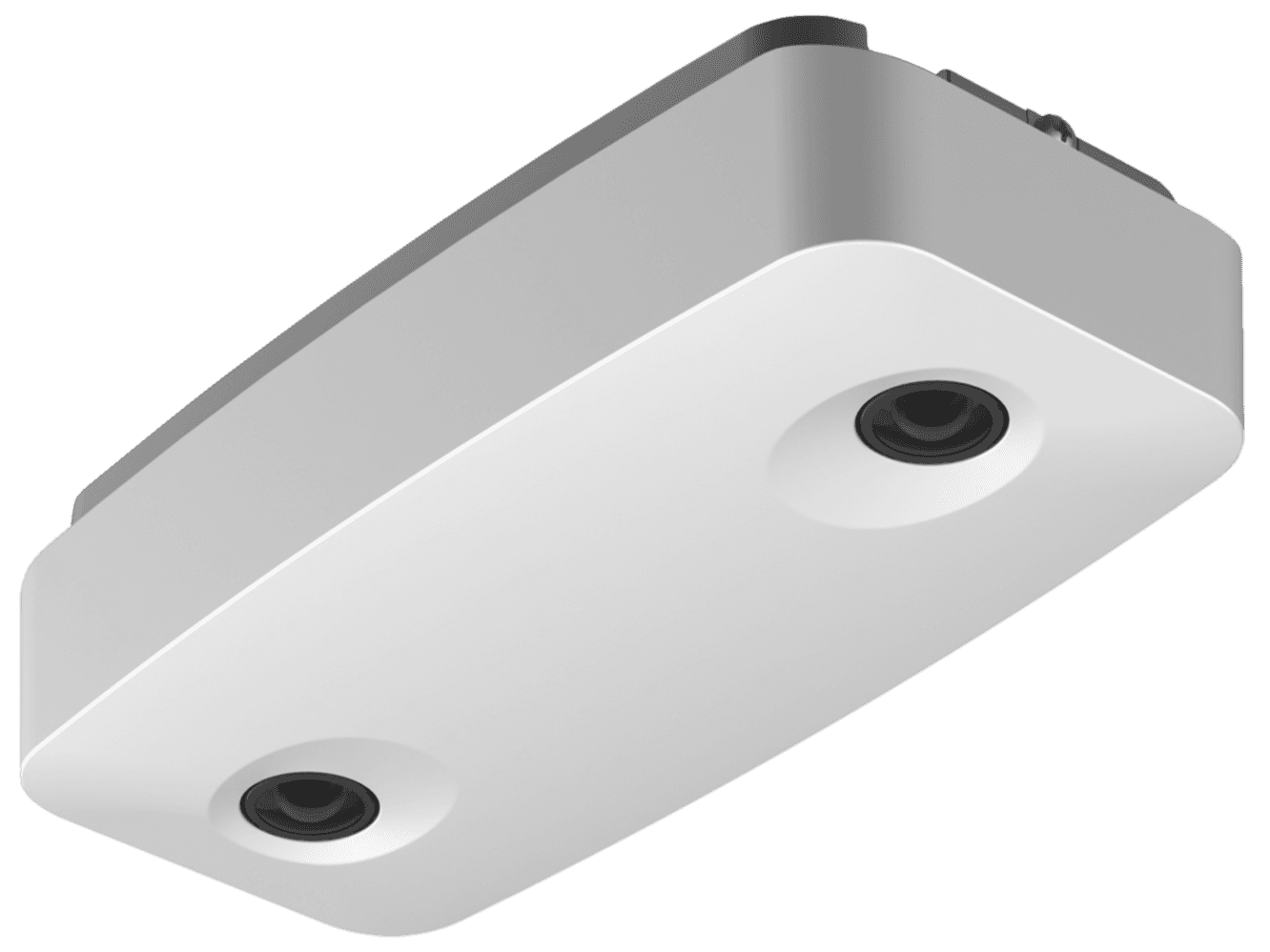Overcoming Today's Biggest Retail Management Challenges

On this page
Before the turn of the century, running a business wasn't as complicated. Entrepreneurs focused mainly on being number-savvy and realizing which opportunities would benefit - or bankrupt - the brand.
In the midst of this digital era, concepts and ideologies are changing faster than businesses can adapt to them. With almost all companies integrating the online world, physical distances no longer matter, and this has dramatically intensified competition in all industries.
Moreover, customers today are very demanding. They are dedicated researchers who will buy only the best product for the lowest price. With a wealth of information at their fingertips, it doesn't take much to snag the best deal. Squareup.com stated that 64 percent of SMBs said customers are more focused on finding the lowest prices versus supporting local businesses. And so, brand loyalty is threatening to slowly slip away.
In the face of uprising challenges, retail brands must continue to expand the consumer base, build customer relationships, increase brand awareness, boost consumer relationships, enhance loyalty, and much more. So yeah, running a business, particularly a retail business, is not as simple and straightforward as it used to be.
Let's take a more in-depth look at a few of the current aspects of retail management and solutions that can shape its future.
Catering to ever-changing customer demands
With the availability of unlimited online resources, consumers are demanding a unique shopping experience that caters to their needs, preferences, and expectations. Shoppers are seeking out the best shopping experiences, whether it's shifting seamlessly between the online/offline experience or changing brands for a better price, quality, service, etc.
Solution: Brands must now become more aware of their consumers and their expectations. They must focus on aligning their products and services to match their needs and preferences. Retailers must keep up with recent shopping trends and consumer behavior.
Aim at gathering feedback from customers and understand what their demands are. You can further tweak your product with creative ideas to meet seasonal or holiday requirements.
Creating effective marketing campaigns
People avoid ads like the plague. But without marketing, brands face the danger of dying a slow, quiet death. Hence, leading brands are engaging with shoppers and customers across several different channels, such as SMS, email and social media platforms.
While communication is essential for engagement and the creation of the perfect experience, customers are often overwhelmed with repeat messages. This can, in fact, drive shoppers to your competitors.
So how can retailers effectively market a product to increase brand awareness?
Solution: There are a variety of new marketing trends your brand can incorporate. One of the common ones includes the use of data and predictive analytics. It is helping to create strategic marketing campaigns, personalize the shopping experience, and turn one-time visitors into repeat customers.
It is also providing retailers with the right knowledge and the best skills to keep abreast of other competitive names in the market. Moreover, with adequate information about current aspects of retail marketing, they can learn how to devise effective strategies, apply appropriate techniques, and everything in between.
Searchenginepeople.com states that 90 percent of consumers prefer learning about a company through articles instead of ads. So instead of bombarding customers with ads, marketers need to focus on persuading customers towards making a purchase. This allows customers to feel more in control of their decisions.
And with the right strategy, you can ensure that all channels are working together to create a cohesive image of the brand, saving time and money.
Delivering a multi-channel buying experience
Online shopping has several benefits that are hard to overlook. From suggestions based on previous search history to free shipping, brands aim at creating a flawless buying experience. But even so, 65 percent of customers spend their total shopping budget in traditional brick-and-mortar locations, says eTail.
Customers have different shopping habits. They may:
shop in stores physically
inspect products on location but purchase online
place online orders but have merchandise shipped to a local store for pickup
buy online and have the items delivered to their home
Solution: Omnichannel integration is all about meeting and engaging with shoppers on their terms. Businesses need to enhance shopping options and start selling everywhere, in stores, online, on social media, in marketplaces such as Amazon, etc.
More importantly, retailers need to expand their options and find ways to integrate the online and offline connected journey experience seamlessly. An omnichannel marketing plan can help brands reach shoppers, wherever they are, on any device, no matter how they want to shop.
Maintaining customer loyalty
Customers are looking for exceptional service and unbeatable prices from trustworthy retailers. The slightest change can make them scamper. Needless to say, customer experience is a crucial factor for brand loyalty. And without loyal customers, it's difficult for businesses to grow.
More importantly, 79 percent of sellers claim technology has made it easier for businesses to compete. But many retailers aren't integrating with digital technology as much as they should.
Solution: Customers enjoy being pampered, so personalizing the shopping experience is essential. From predictive suggestions to relevant product searches, the goal is to offer an amazing experience. And customers love receiving personal promotions and special offers.
But more than this, regular customers are demanding recognition, whether they shop online or offline. To create a fluid online/offline experience, retailers need to be up to date with current customer information.
A CRM system can help maintain customer details as well as provide easily-accessible customer profiles from any POS. However, loyalty programs can also collect and integrate relevant data about purchases while simultaneously enhancing omnichannel customer experience.
Managing your business and brand
A successful company is about more than just pleasing customers. It's imperative that all departments within the business communicate effectively with each other and provide accurate real-time data. A lag in either aspect can negatively influence the profitability of the company.
Solution: Processes need to be automated to simplify managing the business and overcome common challenges in the retail industry. Choosing appropriate software for your business can help take your brand to greater heights. Tasks can be automated, reducing overhead costs and saving time.
Retailers need to focus on streamlining internal communications. An ERP system can facilitate real-time collaboration, eliminate inefficiencies and improve customer relations. By centralizing all business operations, comprehensive reports can be generated from each division to ensure the entire business is functioning smoothly.
6 - Fulfilling a complex job description
Establishing and managing a business is tough. You'll need more than passion to remain profitable and competitive. Retailers must take care of production, marketing, bookkeeping, payroll and much more. At times, it feels like a juggling act. The more jobs you decide to take on yourself, the harder it gets to keep everything in order.
Solution: There is a substantial amount of information online, from educational resources to blogs to guides. But mentors and fellow entrepreneurs have also proven to be a great source of support and strength. But more than anything else, it is experience that actually teaches the most valuable lessons.
For many brands, outsourcing various aspects of the business is more beneficial than doing everything in-house. Hiring digital agencies to handle SEO, SMM, or content marketing are suitable options.
Final thoughts
The world of buying is transforming. Recent times have shown a rise in the technological aspects of managing a business. And retailers need to embrace the change and adapt newer methods to maintain customer appeal and conduct business.
The fact that retailers realize a shift in trends indicates they are aware of their current shortfalls as well as the opportunities that they have to get ahead of the competition. Moreover, brands are willing to accept these challenges. They are investing resources in order to devise innovative solutions that can be easily incorporated into the business. And the sooner this is done, the better.
With the right approach and adequate tools, retailers can easily tackle, overcome, and conquer any hurdle in this highly competitive digital retail landscape.
It's time to maximize your success.
About the writer: Evie Harrison is a blogger by choice. She loves to discover the world around her. She likes to share her discoveries, experiences and express herself through her blogs. Find her on Twitter @iamevieharrison.
Join the #retail, #SmartStore and #Connected Journey conversations on Twitter @RetailNext, as well as at www.facebook.com/retailnext.
About the author:

Evie Harrison



